RESTORING A RIPARIAN ZONE AND IMPROVING HABITAT ALONG THE COLUMBIA RIVER
As Hanford Site buildings and other structures are demolished or removed, as part of the cleanup effort, EAS biologists are called upon to revegetate, restore and mitigate riparian and upland habitats. In 2012, for example, when the Department of Energy removed an outfall structure and pipe associated with 100-N reactor a natural-looking gulley was created in a steep featureless shoreline. Generally, excavated waste sites are backfilled to grade to restore the existing topography. At this site however, EAS saw an opportunity existed to improve the quality of habitat by recontouring the excavation to vary the topography.
As the field team’s experience showed, some plants and animals prefer to use natural or man-made areas with hills and valleys. Micro-habitats created by variations in topography benefit a variety of plants and animals. These may include temperature moderation, relief from climatic extremes (high wind and temperature), shade relief, shelter from predation, and burrowing opportunities. The EAS approach to restoring the site not only increased the diversity of habitat along the river corridor, it cost the client less than standard backfilling.
